Description
Introduction
Oil pigging plays a pivotal role in the maintenance and efficiency of oil pipelines. This process involves using devices known as “pigs” to perform various maintenance tasks inside the pipelines. These tasks include cleaning, inspecting, and sometimes repairing the internal surfaces of the pipes. The practice ensures continuous, efficient, and safe transportation of oil, minimizing downtime and reducing the risk of leaks and spills.
The history of pigging technology dates back to the early 20th century. Initially, the industry used simple cleaning devices that resembled bundles of rags tied together. As the need for more sophisticated maintenance grew, so did the technology. By the mid-1900s, the development of more advanced pigs, equipped with scraping and brushing capabilities, marked a significant evolution. Later, the introduction of “smart pigs” revolutionized the industry. These intelligent devices could inspect the pipeline’s condition using sensors, providing crucial data on its integrity.
Oil pigging now stands as a critical component in pipeline management, blending traditional practices with cutting-edge technology to ensure the industry’s sustainability and safety. This combination keeps pipelines functioning optimally, safeguarding both the environment and the substantial investments in the oil infrastructure.
Understanding Oil Pigging
What is Oil Pigging?
Oil pigging refers to the use of specialized tools called “pigs” to maintain and clean oil pipelines. These pigs travel through the pipeline, performing essential tasks like cleaning out dirt and debris, inspecting for any damage, and sometimes even repairing minor issues. This process helps ensure that oil flows smoothly and efficiently through the pipes, reducing the risk of blockages and spills.
The primary purpose of pigging is to keep the pipelines in top condition. By regularly removing accumulated deposits such as wax, tar, or other contaminants, pigs help maintain the internal cleanliness of the pipes. This is crucial because clean pipelines mean less resistance to the flow of oil, which in turn improves overall efficiency and reduces energy costs.
Furthermore, pigging plays a vital role in preventing pipeline failures. Regular inspections by pigs equipped with sensors can detect potential problems like cracks or corrosion before they become serious. This proactive approach not only saves money on costly repairs but also enhances the safety of pipeline operations.
In summary, oil pigging is a critical maintenance technique that boosts the performance and safety of oil pipelines. It ensures that our energy needs are met without interruption, supporting both economic and environmental goals.
Different Tools Used in Oil Pigging
Cleaning Pigs
EMT, a leading manufacturer in the pipeline pigging industry, offers a variety of cleaning pigs designed for different purposes. These cleaning pigs are essential tools that travel through the pipeline, scrubbing and sweeping away debris and build-ups like wax, tar, and other sediments. This process ensures that the pipeline remains free of obstructions that could reduce flow efficiency or cause damage.
Corrosion Coupons
In addition to cleaning pigs, EMT provides corrosion coupons. These are small metal plates installed inside the pipeline. Over time, they collect data on the rate of corrosion within the pipe. By analyzing these coupons after a set period, technicians can gauge the corrosive conditions and make informed decisions about maintenance and protective coatings. This proactive approach helps extend the lifespan of pipelines by addressing corrosion before it leads to significant damage.
Chemical Injections
Another critical tool offered by EMT is chemical injection systems. These systems inject chemicals directly into the pipeline at strategic points. The chemicals can prevent the build-up of deposits and combat corrosion, effectively maintaining the internal environment of the pipeline. This not only keeps the pipeline clean but also enhances its structural integrity.
Quick Opening Closures
Finally, EMT’s quick opening closures are vital for facilitating rapid access to the pipeline for maintenance tasks. These closures are designed to open quickly and safely, allowing for efficient inspection and replacement of pigs or any other maintenance work. This feature is crucial for reducing downtime during maintenance operations, thereby increasing the overall operational efficiency of the pipeline.
Challenges and Considerations in Oil Pigging
Pipeline Compatibility
Factors Affecting the Choice of Pigs
Choosing the right type of pig for a specific pipeline is crucial and depends on several factors. The pipeline’s diameter, the material from which it is made, and the nature of the substances it transports all influence this choice. For example, pipelines transporting crude oil may require more robust pigs capable of handling thicker, more abrasive residues, compared to those needed for refined products. Additionally, the internal condition of the pipeline, such as the presence of bends, valves, and tees, also dictates the type of pig that can be used effectively without causing damage to the pipeline or the pig.
Operational Challenges
Common Issues During Pigging Operations
Pigging operations can face a variety of challenges that disrupt their efficiency. One common issue is pig stuck, where the pig becomes lodged inside the pipeline, often due to incorrect sizing or unexpected pipeline deformities. Another frequent problem is incomplete cleaning, where the pig fails to remove all deposits, necessitating another pigging operation. Communication between the pigging crew can also impact the operation, particularly in remote or difficult-to-access areas.
Maintenance of Pigging Equipment
Best Practices for Equipment Upkeep
Maintaining pigging equipment is essential to ensure its longevity and functionality. Regular inspections are vital; these should include checking for wear and tear, particularly on the sealing elements of pigs and the integrity of the launching and receiving facilities. Proper storage of pigs when not in use also plays a critical role in maintaining their condition. They should be stored away from extreme temperatures and direct sunlight to prevent the degradation of rubber components and other sensitive materials. Additionally, keeping a detailed maintenance log can help track the equipment’s condition over time and predict when replacements might be necessary.
Overall, successful oil-pigging operations require careful consideration of pipeline compatibility, preparedness for operational challenges, and diligent maintenance practices. Addressing these factors effectively helps ensure the reliability and efficiency of pigging operations, ultimately safeguarding the pipeline’s integrity and operational viability.
Conclusion
In conclusion, oil pigging is an essential practice for maintaining oil pipelines efficiently and safely. It uses various tools like cleaning pigs, corrosion coupons, and chemical injections to ensure pipelines operate smoothly. Choosing the right pig and dealing with operational challenges are key aspects of this process. Regular maintenance also plays a crucial role in prolonging the equipment’s life and ensuring safety. Together, these efforts support the continuous flow of oil, prevent costly breakdowns, and protect the environment. Ultimately, through careful planning and execution, oil pigging helps meet global energy demands reliably and sustainably.

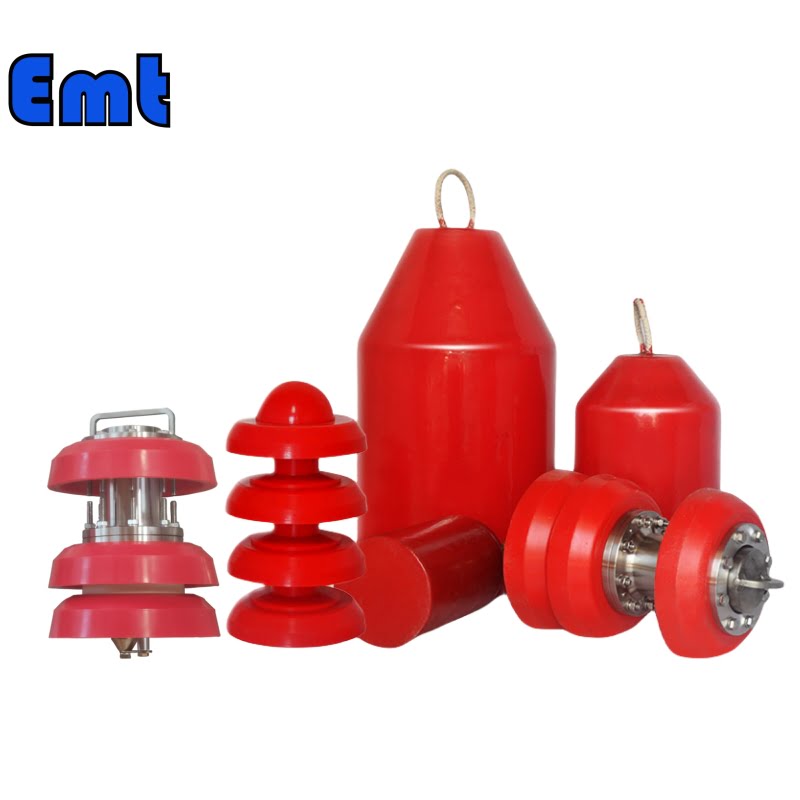

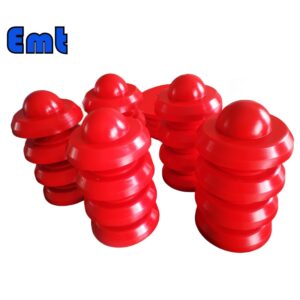
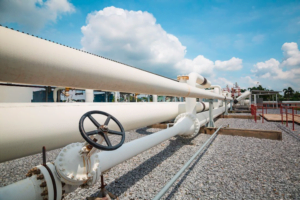
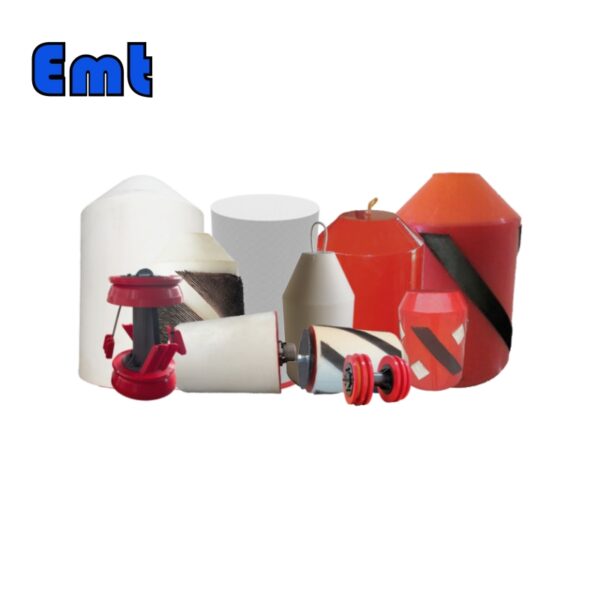
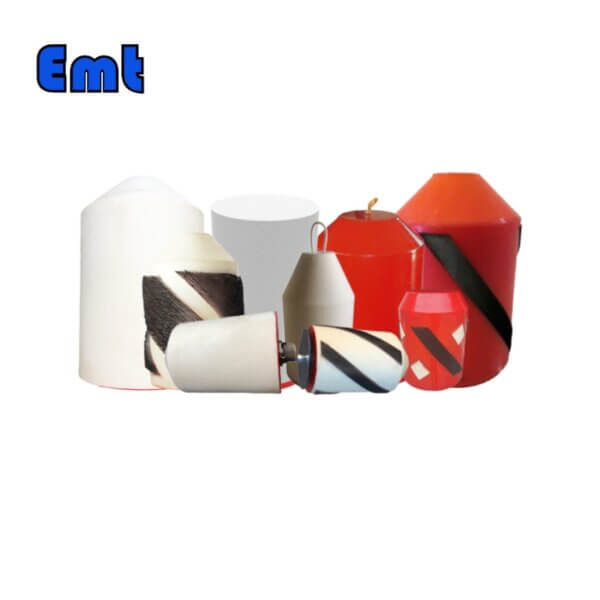

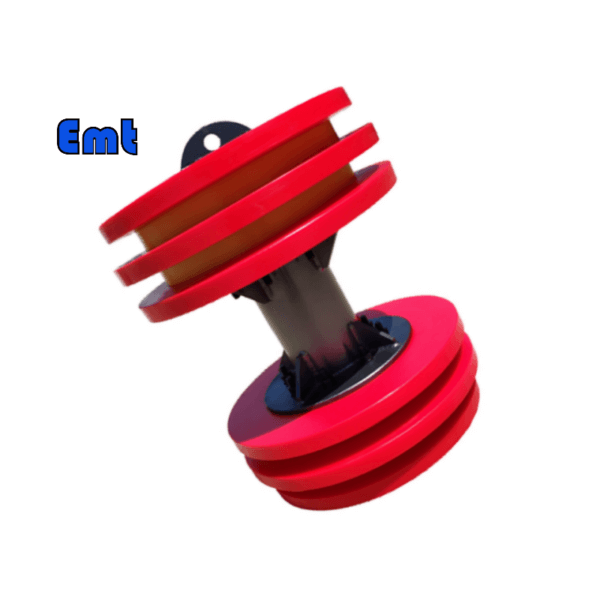
Reviews
There are no reviews yet.